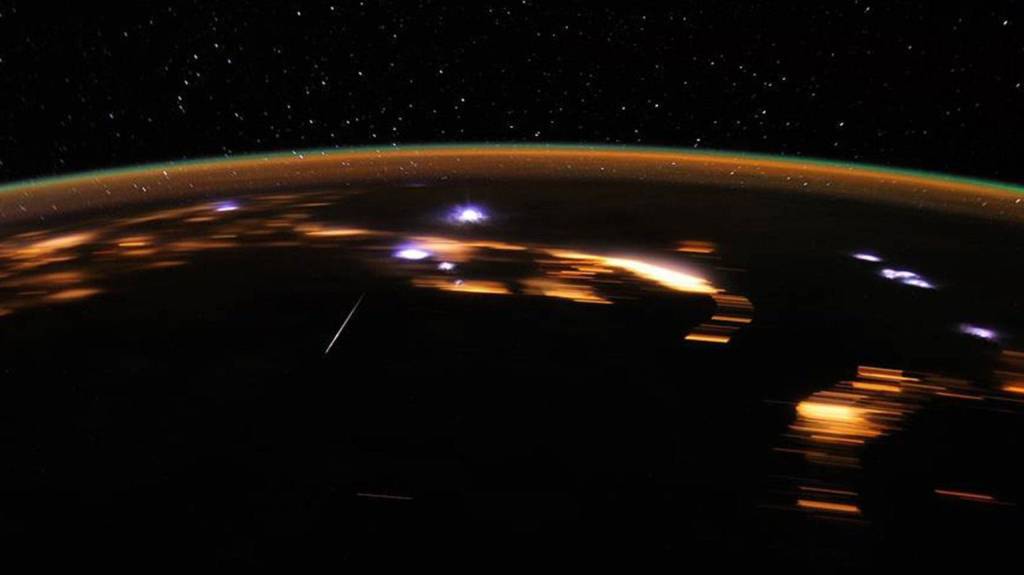Out of this world! More cosmic action coming after solar eclipse via Lyrid meteor shower
Space has another show in store for stargazers who didn’t get enough out-of-this-world action from last week’s historic solar eclipse.
The Lyrid meteor shower will light up the sky with peak views in rural areas across the US starting this weekend, experts said Wednesday.
The falling fireballs — caused by debris from a comet known as C/1861 G1 — will be most visible Sunday night, away from city lights, said Peter Brown, a meteor physicist in the Department of Physics and Astronomy at Western University in Ontario, Canada.

“In general, pretty much the entire continental US has a good view,” Brown told The Post.“It’s better later at night when the constellation Lyra is higher in the sky.”
But he warned that light this year’s nearly full moon could “wash out” some of the galactic spectacle, making the space rocks’ visibility “not very strong.”
“If you’re really lucky, you might see one meteor every five to 10 minutes,” he said — urging stargazers to track the cosmic action on the university’s meteor activity monitor before heading out.
A more dramatic celestial event will strike May 6 through May 8 when the Eta Aquariid meteor shower rains down in view of the northern hemisphere, he said.
“This will be one to remember,” he said, adding it will be most visible in the Southern US at around 3 a.m. “We think this year will be among the strongest for the next 20 years.”
The Lyrid shower began on April 15 and its predicted peak will be just before dawn on Monday morning, NASA said.

“The Lyrids are best viewed in the Northern Hemisphere during the dark hours (after moonset and before dawn),” the space agency advised.
“Find an area well away from city lights or street lights. Come prepared with a sleeping bag, blanket, or lawn chair. Lie flat on your back with your feet facing east and look up, taking in as much of the sky as possible,” it said. “After about 30 minutes in the dark, your eyes will adapt and you will begin to see meteors.”
To catch the best view, go to an area where the sky is as clear and dark as possible and “place yourself in a moon shadow,” the astronomy website earthsky.org recommended.
The Lyrids are one of four major annual meteor showers visible in the northern hemisphere.
Under ideal conditions, stargazers could see 10 to 15 meteors per hour with possible surges of up to 100 per hour.







